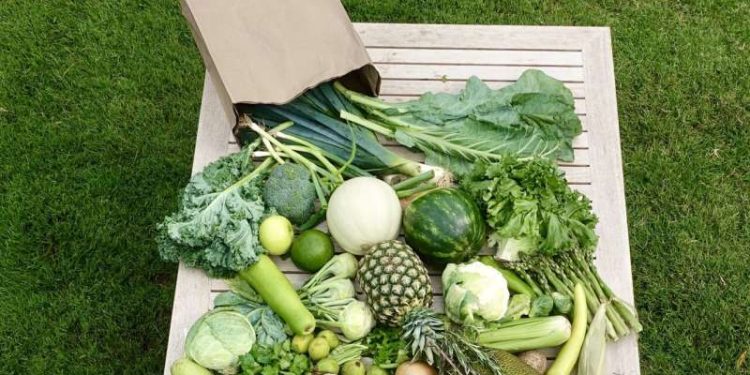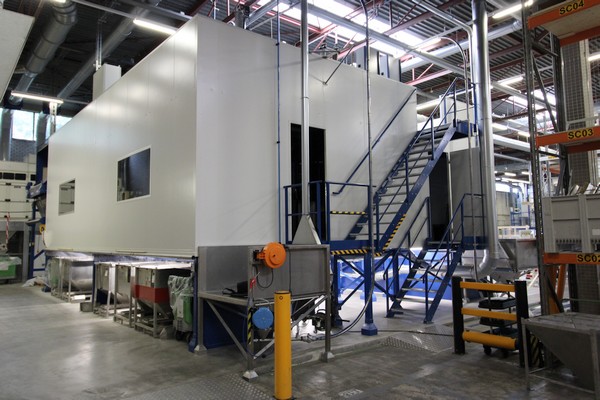In this article, we explore the fascinating world of DNA barcoding and its application in identifying the prey consumed by predatory insects. By utilizing the latest data from reputable sources, including the insights provided in the article from Phys.org (source: https://phys.org/news/2023-06-dna-barcoding-person-eaten.html), we shed light on how this cutting-edge technology can benefit farmers, agronomists, agricultural engineers, farm owners, and scientists involved in agriculture.
According to the recent report by Phys.org, researchers have made remarkable advancements in using DNA barcoding to determine the diet of predatory insects. By analyzing the DNA found in the gut of these insects, scientists can identify the species of their prey, providing valuable insights into ecological interactions and pest management strategies.
DNA barcoding involves sequencing specific regions of DNA to create unique genetic profiles for different species. By comparing the DNA obtained from the gut of a predatory insect to a comprehensive reference database, researchers can identify the species that constituted its last meal. This information offers valuable knowledge about the prey preferences and feeding behaviors of predatory insects, which can aid in understanding food web dynamics and optimizing pest control strategies.
The application of DNA barcoding in agriculture holds significant potential. Farmers can benefit from a better understanding of the diet of predatory insects on their farms, allowing them to implement targeted pest management strategies. Agronomists and agricultural engineers can utilize this knowledge to design integrated pest management plans that promote natural biological control mechanisms. Scientists can continue to unravel the complex web of interactions within agroecosystems, advancing our understanding of biodiversity and ecological sustainability.
In conclusion, DNA barcoding provides a powerful tool for identifying the prey consumed by predatory insects. The ability to decode the genetic information in their guts opens new avenues for understanding ecological relationships and developing effective pest management strategies. By harnessing the potential of DNA barcoding, farmers, agronomists, agricultural engineers, farm owners, and scientists can make informed decisions that promote sustainable and ecologically balanced agricultural practices.
Tags: DNA barcoding, predatory insects, pest management, ecological interactions, agricultural sustainability, integrated pest management, biodiversity, agroecosystems, genetic profiling, ecological balance












